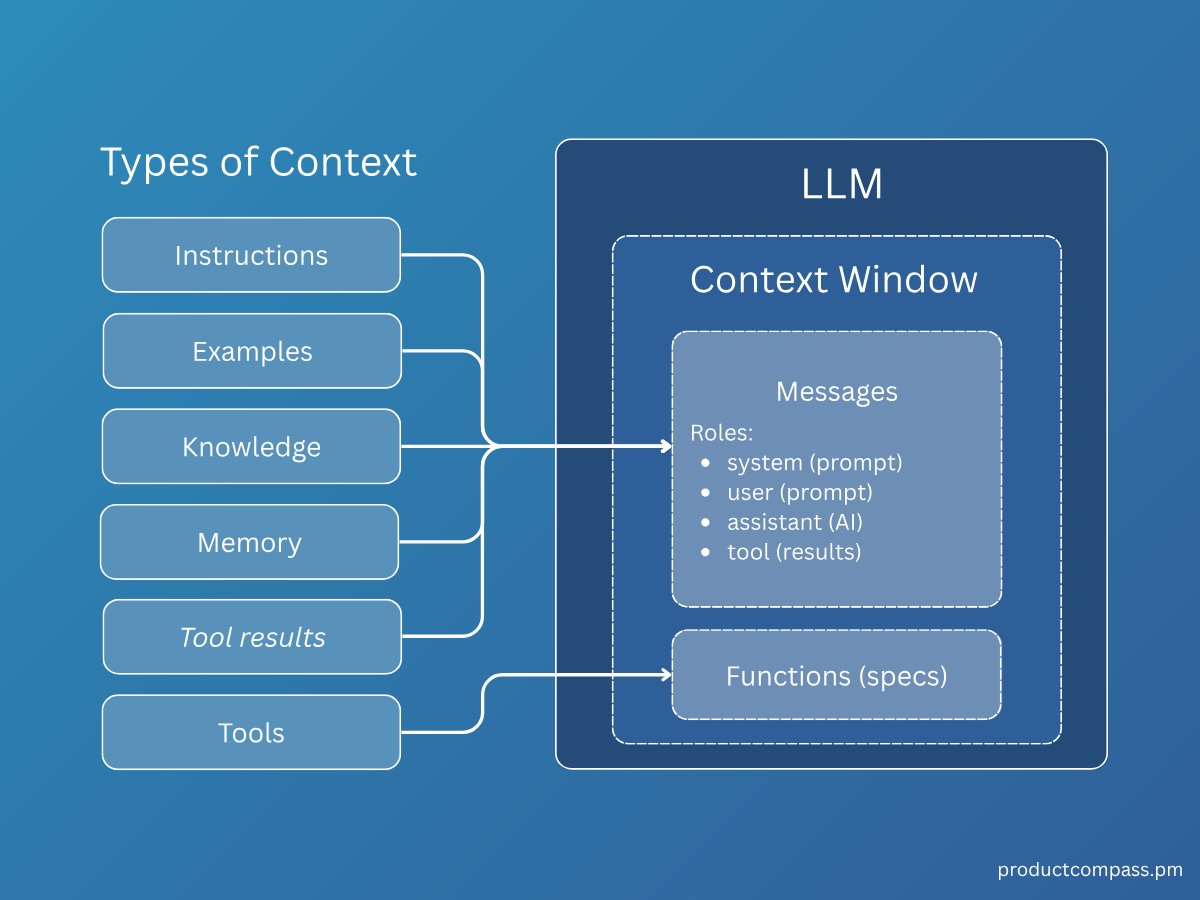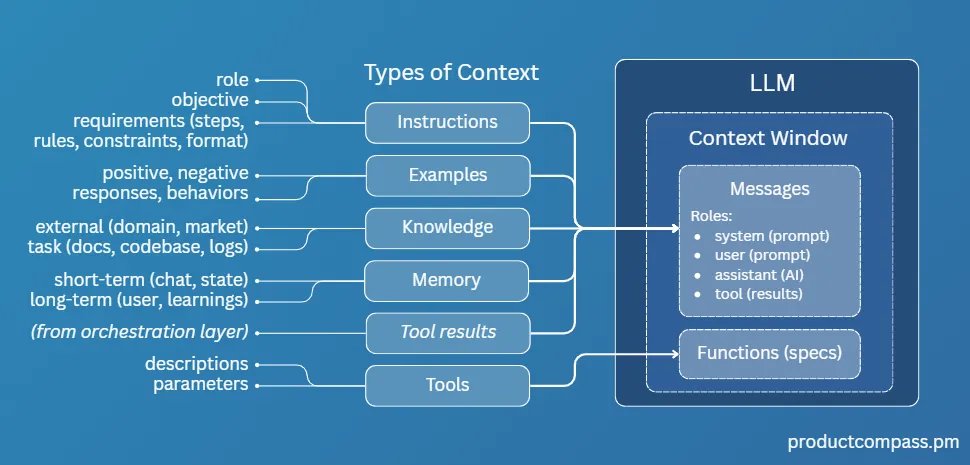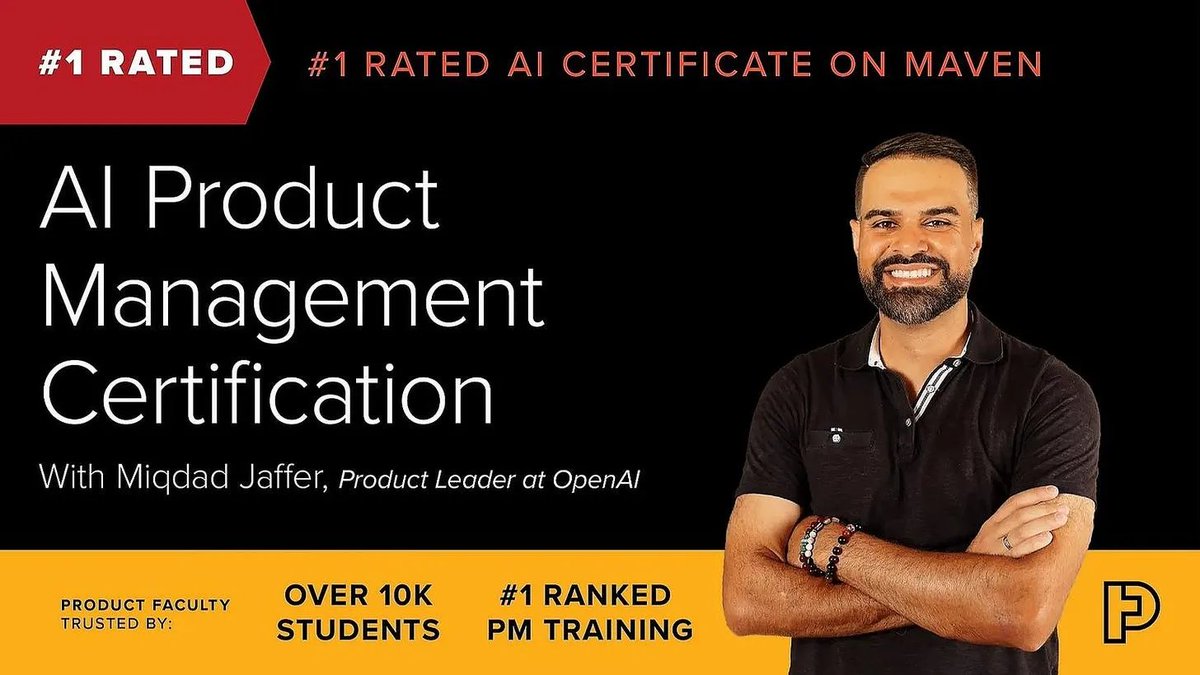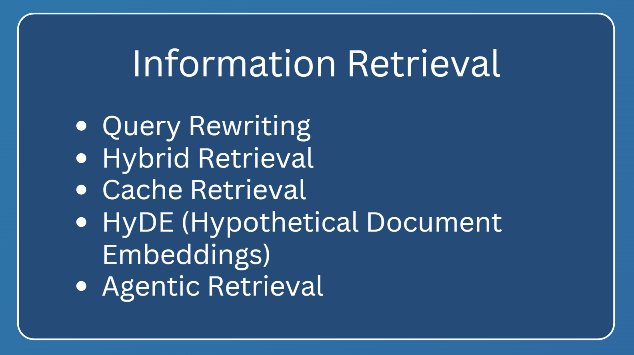Context engineering is the new prompt engineering.
And it’s becoming the most critical AI skill.
Together with @MiqJ (Product Lead at @OpenAI) we created a comprehensive guide.
Key insights: 🧵👇

1. What Is Context Engineering
It is the art and science of building systems that fill LLM context window to improve their performance.
Unlike prompt engineering, context engineering is a broader term with many activities that happen also before the prompt is even created.

2. Types of Context
There are 6 types of context:
- Instructions
- Examples
- Knowledge
- Memory
- Tool results
- Tools

I prepared two examples you can analyze (GitHub):
- PM Agent: https://github.com/phuryn/examples/blob/main/prompts/context_engineering/experienced_PM_context.json
- Lovable Bug Fixing Agent: https://github.com/phuryn/examples/blob/main/prompts/context_engineering/bug_fixing_agent_context.xml
Before we continue, I recommend his AI Product Management Certification. It’s a 6-week cohort taught by Miqdad Jaffer.
The next session starts on Sep 15, 2025. A special discount for our community: https://bit.ly/aipmcohort

3. What Is RAG and Where It Fits In
RAG is often labeled a context engineering technique. But RAG is a three-step pipeline:
- Information Retrieval: Pulling data from external sources (e.g. vector DBs, APIs)
- Context Assembly: Structuring and filtering the retrieved data into a prompt
- Generation: Using an LLM (or agent) to generate the output
Context engineering doesn't include generation.

4. Information Retrieval Techniques
You can see a free RAG simulator: https://x.com/PawelHuryn/status/1945182098190401605
5. Context Assembly Techniques
Aim to provide minimal, relevant, and well-structured information.
Good context engineering requires a mix of retrieval and assembly techniques.


@n8n_io example:

Find this helpful?
See our full post: https://www.productcompass.pm/p/context-engineering
Enjoy this?
- Follow me @PawelHuryn for more
- Share this thread with others
I appreciate it!
https://x.com/PawelHuryn/status/1949925078562721863








